Gathering "Chinese wisdom" and witnessing "Chinese speed", the Shenzhen-Zhongshan Channel helps the rise of a world-class bay area
News: Flying over Lingding, connecting the Greater Bay Area. After 7 years of construction, the Shenzhen-Zhongshan Cross-River Channel, a major national project, was officially opened to traffic at 3 pm on June 30, greatly shortening the driving time from Shenzhen to Zhongshan from about 2 hours to the current 30 minutes. The Shenzhen-Zhongshan Channel has broken many records, witnessed the leap in China's infrastructure capabilities, and is another landmark project in my country's transportation infrastructure. It will help the high-quality development of the Guangdong-Hong Kong-Macao Greater Bay Area.

On June 30, with the official opening of the Shenzhen-Zhongshan Link, the route immediately became busy. Long queues formed at the airport toll station on the Shenzhen side of the Link, and many vehicles also drove onto the Link at the Cuiheng East Toll Station in Cuiheng New District, Zhongshan. At this moment, Shenzhen and Zhongshan realized a "two-way rush".
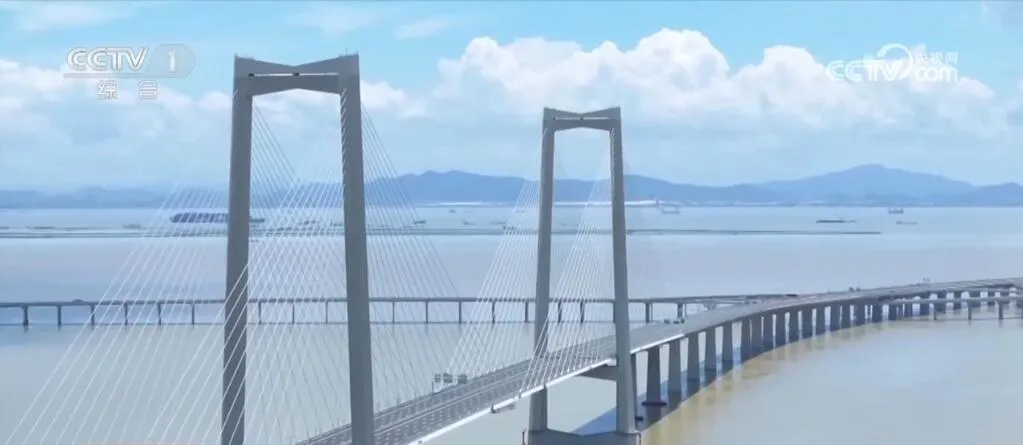
The Shenzhen-Zhongshan Channel is located in the core area of the Guangdong-Hong Kong-Macao Greater Bay Area, spanning the Lingdingyang waters of the Pearl River Estuary. It is a key control project of the Shenzhen-Cenxi National Highway across the Pearl River Estuary. The route is about 24 kilometers long, connecting to Shenzhen Bao'an Airport in the east, and to the Nansha Port Area of Guangzhou Port in the north through the Nanzhong Expressway and Nansha Port Expressway under construction, connecting to the central urban area of Guangzhou; connecting to Zhongshan City in the west, and connecting to the western part of Guangdong through the Zhongkai Expressway and other roads. It is the world's first cross-sea cluster project integrating "bridges, islands, tunnels, and underwater interchanges". After the Shenzhen-Zhongshan Channel is opened to traffic, the toll for vehicles along the entire line will be 66 yuan/standard vehicle, of which the toll from the East Artificial Island to the West Artificial Island will be 37 yuan/standard vehicle, and the speed limit will be 100 kilometers per hour throughout the journey.
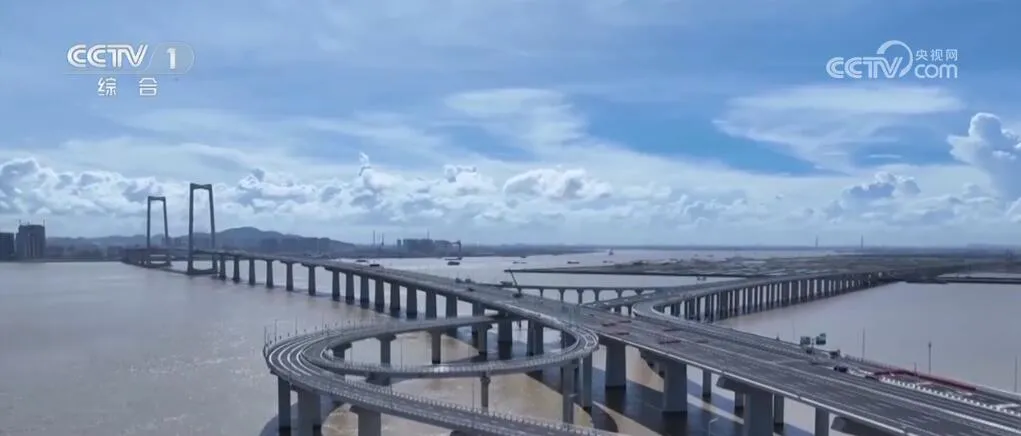
In the future, the Shenzhen-Zhongshan Channel will also be interconnected with the Guangzhou-Shenzhen Yanjiang Expressway, Guangzhou-Shenzhen Expressway, Zhongkai Expressway and other expressways, and the comprehensive transportation convenience of the Guangdong-Hong Kong-Macao Greater Bay Area will be greatly enhanced.
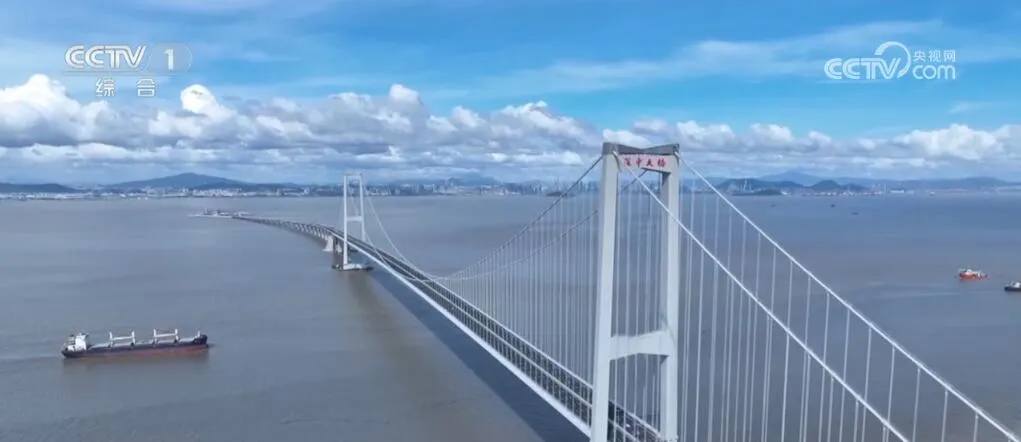
From "dropping a move on the crest of a wave" to "threading in the wind" and then to "embroidering on the seabed", as another super-large transportation project in the Guangdong-Hong Kong-Macao Greater Bay Area, every link in the construction of the Shenzhen-Zhongshan Link was not easy. It overcame many world-class technical difficulties and created many world records. Behind this is the hard work of all builders and a vivid embodiment of "Chinese wisdom".

From Shenzhen to Zhongshan, the eastern end is next to Shenzhen Bao'an International Airport, and there are aviation height restrictions, so a bridge cannot be built. At the same time, it is also necessary to maintain shipping on the Lingdingyang Channel. So, how should this channel be built?

As the plan was implemented, new problems arose. How should the bridge and tunnel be converted and connected? Thus, the idea of two artificial islands was born. An eastern artificial island is amphibious, connecting tunnels, airports, and Yangtze River Expressway from east to west and north to south. It is China's first underwater hub interchange for expressways and the eastern starting point of the Shenzhen-Zhongshan Channel. A western artificial island is nailed in the middle of the sea, with a bridge on one end and a tunnel on the other. It uses the island-building technology pioneered by the Chinese to achieve the conversion of bridges and tunnels.
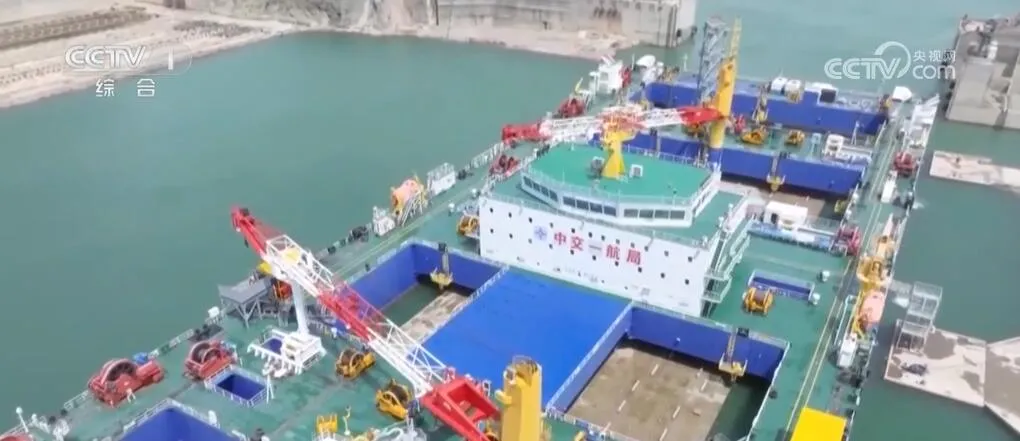
Today, looking down from the air, the West Artificial Island looks like a Kunpeng, spreading its wings over the Lingdingyang Sea. In the future, it will not only be the bridge-tunnel connection point of the Shenzhen-Zhongshan Link, but will also be built into a 2,200-square-meter science education museum, becoming a new landmark on the Lingdingyang that will make people linger.
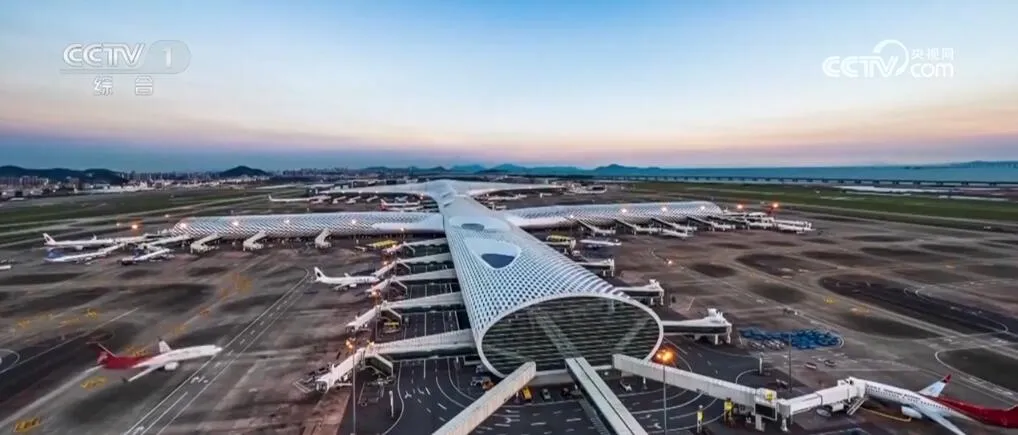
Let's go underwater again. The submerged tube section of the Shenzhen-Zhongshan Channel submarine tunnel is connected by 32 tube sections and a final joint, each of which weighs about 80,000 tons. In order to achieve precise docking of these huge objects on the seabed, a submerged tube floating and installation integrated ship came into being.

Engineers innovatively applied bottom calibration and BeiDou system on board, and added underwater deformation measurement of submerged tubes, so that the submerged tubes could be docked together seamlessly.
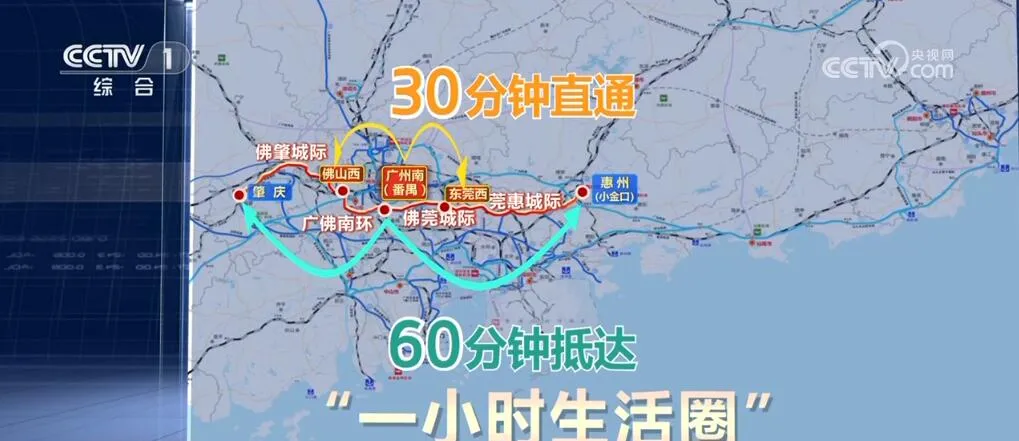
It is understood that the Shenzhen-Zhongshan Channel submarine immersed tube tunnel has achieved a docking accuracy of less than 5 centimeters for all pipe segments, and seven consecutive pipe segments have achieved millimeter-level accuracy, setting a new record in the field of world cross-sea tunnel immersed tube installation docking technology.
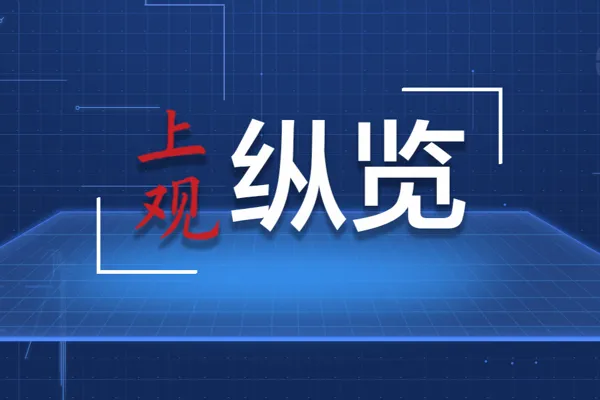
The construction of the Guangdong-Hong Kong-Macao Greater Bay Area is a major national strategy. Since the CPC Central Committee and the State Council issued the Outline Development Plan for the Guangdong-Hong Kong-Macao Greater Bay Area in July 2018, various tasks for the construction of the Guangdong-Hong Kong-Macao Greater Bay Area have been advancing in an orderly manner, and infrastructure to promote cross-strait connectivity has continued to emerge. The comprehensive three-dimensional transportation network of the Greater Bay Area is also becoming more and more dense.
The vast Pearl River Estuary, the tide surges in the Greater Bay Area. Today, cross-sea and cross-river channels stretch across different corners of the Guangdong-Hong Kong-Macao Greater Bay Area, accelerating the pace of development here. Before the opening of the Shenzhen-Zhongshan Channel, three of Guangdong's five trillion-dollar cities, Shenzhen, Dongguan and Huizhou, were located on the east bank of the Pearl River Estuary. On the west bank of the Pearl River Estuary, only Foshan was shortlisted. What lies before the Greater Bay Area is the "strong east and weak west" divided by the Pearl River. On June 30, the Shenzhen-Zhongshan Channel was officially opened to traffic. Together with the Hong Kong-Zhuhai-Macao Bridge, the Humen Bridge, and the Shiziyang Channel under construction, they together form a group of cross-river and cross-sea channels in the Greater Bay Area, forming an A-shaped transportation network skeleton of the "Golden Inner Bay" of the Pearl River Estuary, making the flow of factors on both sides of the east and west more convenient.
Bridges are connected across the river, and air routes are busy. Today, the "Greater Bay Area on air routes" reaches the world. The third phase expansion project of Guangzhou Baiyun International Airport is scheduled to be completed in 2025, with an estimated passenger throughput capacity of 140 million and cargo and mail throughput capacity of 6 million tons; the three-runway system project of Hong Kong International Airport will be put into operation this year; the three-runway expansion project of Shenzhen Bao'an International Airport is accelerating. It is estimated that by 2035, the Guangdong-Hong Kong-Macao Greater Bay Area will have 7 transport airports and 17 runways, with a passenger throughput of 420 million and a cargo and mail throughput of more than 20 million tons.
The Greater Bay Area on the track is also accelerating. Just on the 15th of this month, the sleeper trains between Hong Kong and Beijing and Shanghai started in the evening and arrived the next morning. The Guangzhou-Shenzhen-Hong Kong High-Speed Railway, the Guangzhou-Shantou High-Speed Railway and the Shanwei-Shantou South Section of the Shantou-Shantou High-Speed Railway were completed and opened to traffic. With the official opening of the Guangzhou-Foshan South Ring and Foshan-Dongguan Intercity Railway in the Greater Bay Area, and the end-to-end connection with the already opened Fozhao Intercity Railway and Dongguan-Huizhou Intercity Railway, the lines are like steel arms that closely connect the urban agglomerations in the Greater Bay Area. From Panyu, Guangzhou, it takes 30 minutes to reach Foshan and Dongguan, and 60 minutes to reach Zhaoqing and Huizhou. The "one-hour living circle" of the Guangdong-Hong Kong-Macao Greater Bay Area is accelerating.
Looking at the sea, Guangzhou, Shenzhen, Zhuhai, Dongguan and other billion-ton ports are connected to form a busy coastline, and a world-class port group is accelerating. Today, the Guangdong-Hong Kong-Macao Greater Bay Area uses less than 0.6% of the country's land area, creating 1/9 of the country's total economic output, becoming one of the most open and economically dynamic regions in my country. The flow of people, logistics, capital and information is accelerating on these super projects, and the increasingly dense three-dimensional transportation network is witnessing the rise of a world-class bay area.



